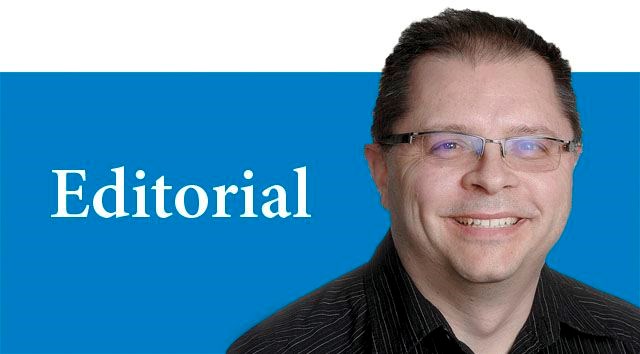If there is one underlying theme of Jonathan Swainger's new book Aspiration: The History of the University of Northern British Columbia to 2015, it is the audacity of Prince George residents.
In the late 1980s, these residents had the nerve to ask - actually, it was loudly demand - that Victoria build an interior university in Prince George. Not Kamloops, not Kelowna. Prince George. Not a university college overseen by UBC or SFU but a stand-alone degree-granting research-intensive university. Every time the politicians and the bureaucrats said no, Prince George just turned up the volume on its demands.
They would be heard.
They would not be denied.
Luck, good timing and savvy political maneuvering helped but willpower and imagination was the prime mover. The 16,000 individuals who paid their $5 and signed the petition, along with the tireless volunteers with the Interior University Society, saw a different Prince George. They could see a future others couldn't and they had the passion to build it.
What Prince George accomplished with the development of UNBC was repeated on a slightly smaller but no less significant scale with the Northern Medical Program.
A university is one thing but a medical school in Prince George? Impossible!
Once again, Prince George residents showed how little they cared about the odds and the obstacles. With the future fixed firmly in their sights, they grabbed it.
Today, few people like what they see when they imagine what the Prince George area would be like without the university and its medical school. They don't have to understand the concepts being explored during a Ph.D. dissertation or an anatomy class to know that the region and everyone in it is better off as a result of that work being done in the community.
Curiously, the university and the medical school have provided area residents with a contradictory view of their jewel on the hill.
On one hand, the people of Prince George in particular are fiercely proud of their university, even if they have nothing to do with it. They root for it - we're number one in the country! - as if it were a hockey team. Swainger writes that Charles Jago noticed from his first days in Prince George that the community's sense of ownership "continues to exert a profound effect on how many still view the university." The only thing missing from that quote is "their university." The investment area residents have in UNBC is not just financial, it is personal, bringing with it a deep emotional attachment.
On the other hand, the region and Prince George take the university for granted, in both the present and future. The prevailing sentiment seems to be "well, of course we have a university and a medical school, why wouldn't we?" Aspiration goes to great lengths to try to dispel that notion. There was nothing certain about either outcome and, in fact, both facilities came to Prince George in spite of significant opposition.
There is also a sense that now that both are here, they always will be. That belief is also not based on fact or reality. Significant local and provincial challenges threaten the long-term viability of both facilities. For UNBC and the Northern Medical Program to continue, residents must continue to fight for them and actively support them through agencies like the Northern Medical Programs Trust, as well as with corporate donations, alumni contributions, scholarships, bursaries and research grants.
To use the title of Swainger's book, residents must continue to have aspirations for themselves and their university, to imagine a future Prince George and region beyond what exists in the present, to see not what is but what could be and then persistently push towards that possibility, however impossible it may seem to be.



